About UWaRes
Motivation
The availability and scarcity of freshwater are affected by the complex interplay between water demand and supply. Therefore, it is of utmost importance to consider both dimensions - climate change and socio-economic change - when assessing changes in freshwater availability. While climate change alters water supply, socio-economic change affects water demand by households, industries, and agriculture. A holistic understanding of present and future changes within the human-water-climate nexus is crucial for sustainable, effective, and feasible water and land management. However, the existing gap between process-focused climate and impact-focused water resources assessments and models often hinders a comprehensive view of pressing water challenges.
Project Objectives
UWaRes conducts research at the interface of climate science and socio-hydrology, aiming to address shortcomings and uncertainties in current water resources assessments and pursue developing and designing models and scenarios reflecting end-user needs. The central objective of this project is to understand and simulate interactions between human water use and regional climates. The following specific objectives frame the project and constitute work packages:
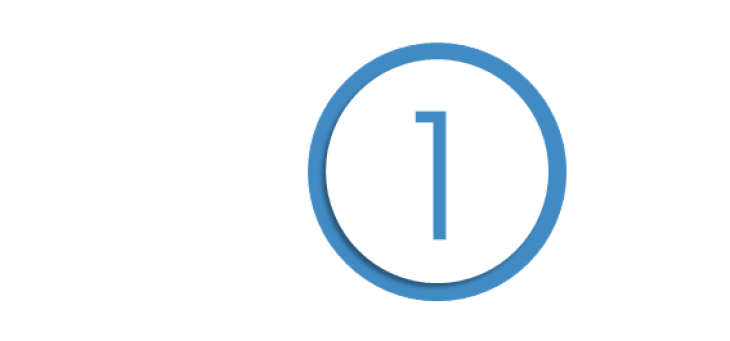
Develop a socio-hydrological impact tool coupled with a state-of-the-art regional climate model at a high spatial resolution to investigate the potential benefits of incorporating realistic water management into climate models.
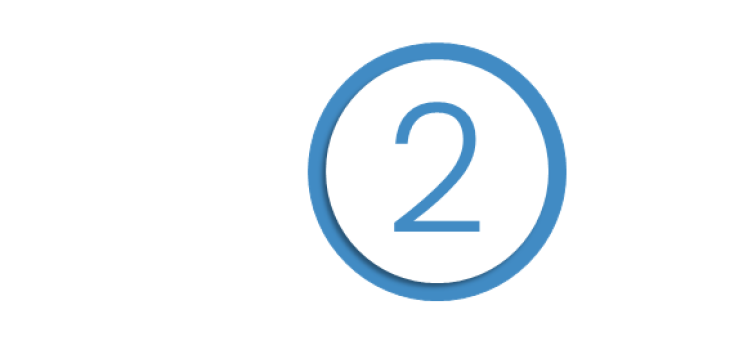
Provide an end-user-driven perspective on analysing available climate data to enhance our understanding of projected changes and uncertainties in green and blue water resources and their sensitivities to different drivers.
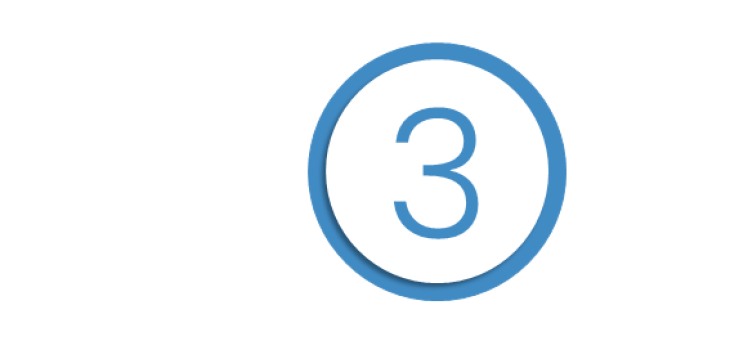
Provide a systematic and process-based evaluation of simulated regional climate-hydrology feedback processes to assess the coupled impacts of extensive water use.
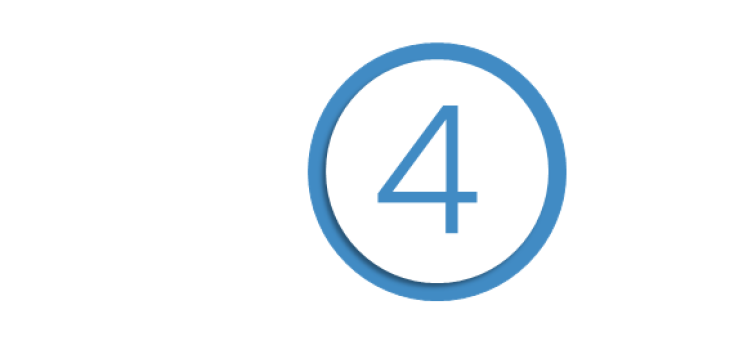
Engage with end-users to create scenarios that illustrate both climate sensitivities and feedback mechanisms and adaptation and mitigation potentials.
Methodology
UWaRes focuses on model development, evaluation and validation, and utilizes a broad range of climate data analysis tools and statistical methods.
Coupled water modeling
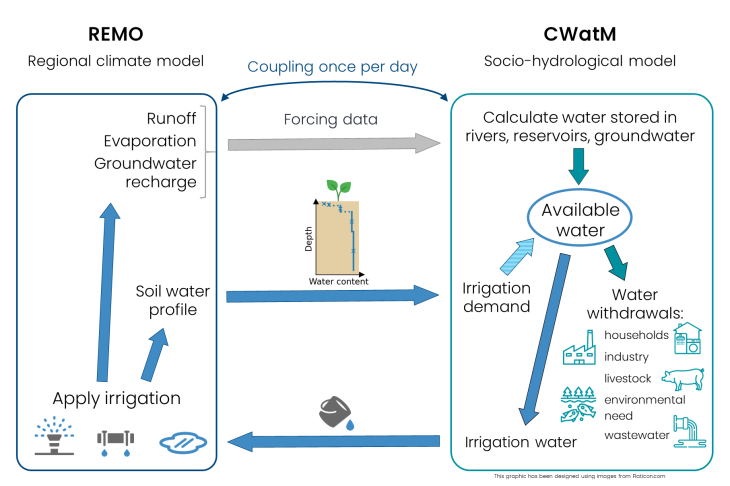
Developing a new water use tool builds on well-established, state-of-the-art, open-source socio-hydrological models (CWatM ). The water use tool is coupled and tested using a state-of-the-art regional climate model (REMO ) maintained at GERICS. The goal is to work towards a simple, flexible, accessible, and actionable gridded modelling tool addressing the broad range of end-user challenges.
Changes in water resources
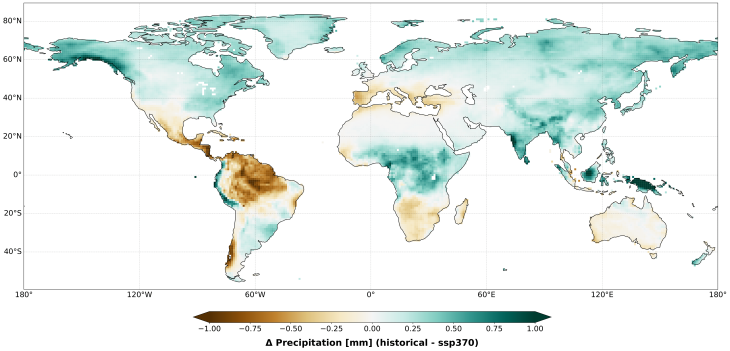
To enhance our understanding of projected changes in water resources and their sensitivities to different drivers, UWaRes follows the blue/green water narrative. We will use the existing global and regional climate and socio-economic model output (CMIP6, CORDEX, ISIMIP) to identify trends, variability, and uncertainties based on state-of-the-art multivariate data analysis approaches, both considering historical climate simulations and climate projections based on different scenarios.
Stakeholder engagement
UWaRes pursues stakeholder and end-user engagement to identify specific end-user needs, co-design aspects of the water modelling tool, and develop water-focused scenarios that represent particular end-user needs and future visions.
